1819
In Bulwagga Bay, New York, Captain Crum reports seeing a massive creature, 56 metre long, with a seahorse-shaped head, three teeth, and a white star on its forehead. This early sighting of the creature, later dubbed Champ, contributes to the long-standing mystery surrounding Lake Champlain.
1848
The British Royal Navy ship, HMS Daedalus, reports a sighting of a 10-metre sea serpent off the coast of Africa, sparking public interest in marine cryptids.
1870
Jules Verne's novel 'Twenty Thousand Leagues Under The Sea' is published, introducing the Nautilus and creatures like giant squids, fuelling interest in mysterious sea creatures.
1884
The Victoria British Colonist newspaper reports the capture of a strange, gorilla-like creature near Yale, British Columbia, dubbed "Jacko." This marks the earliest known written account of a Sasquatch-like figure in the region, though it remains controversial and is often considered a hoax.
1890
Two cowboys in Arizona reportedly shoot and kill a giant bird with a wingspan of six metre, believed by some to be the legendary Thunderbird from Native American mythology.
1934
A photograph known as the 'Surgeon's Photograph' allegedly captures the head and neck of a large creature in Loch Ness, fuelling the myth of the Loch Ness Monster. This later becomes one of the most famous cryptozoological hoaxes.
1955
Known as the "Loveland Frogman Sighting", a businessman driving near Loveland, Ohio, reports seeing three human-like figures with frog faces, standing on the side of the road. The creatures are described as being around four feet tall, with green, leathery skin and webbed hands. The largest one wields a "wand" that emits sparks, creating one of the most bizarre cryptid reports in American folklore.
1958
Large footprints are found by a bulldozer operator in Bluff Creek, California. This discovery reignites the legend of Bigfoot in American popular culture.
1959
Belgian-French zoologist Bernard Heuvelmans coins the term "cryptozoology," defining it as the study of animals whose existence is suggested but not yet scientifically confirmed. His 1958 book 'On the Track of Unknown Animals' becomes a foundational text for the field.
1966
On November 15, 1966, two couples in Point Pleasant, West Virginia report seeing a tall, winged creature with glowing red eyes. This is the first of many sightings of the "Mothman" over the next year.
1967
The most famous footage of an alleged Bigfoot sighting is filmed in Bluff Creek, California. The authenticity of the Patterson–Gimlin Bigfoot film is debated, but it remains a key event in cryptozoology.
1972
'The Legend of Boggy Creek', a low-budget horror film based on the Fouke Monster (a supposed Bigfoot-like creature) is released and becomes a cult classic, cementing the creature in pop culture.
1976
The Megamouth Shark is discovered, showing that unknown large species still exist, supporting the claims of cryptozoologists about undiscovered animals.
1977
A Japanese fishing vessel pulls up a decomposing, unidentified creature off the coast of New Zealand. Initially called the Zuiyo-maru Carcass, it was later determined to be a decomposing basking shark, cryptozoologists initially believed it to be a plesiosaur, sparking excitement in the Loch Ness Monster community.
1983
Cryptozoologist Loren Coleman Publishes 'Mysterious America', which introduces many regional cryptids and fuels the growing cryptozoological community.
1993
In 'The Jersey Devil, an early episode of 'The X-Files', Mulder and Scully investigate a series of attacks in New Jersey, which Mulder believes are linked to the legendary Jersey Devil, a cryptid said to inhabit the Pine Barrens. The episode explores cryptozoological themes and sets the tone for later investigations of other famous creatures in the series.
1995
The first reported sighting of the Chupacabra occurs in Puerto Rico, where livestock are found drained of blood, leading to tales of a bloodsucking cryptid.
1995
The Ministry of Agriculture, Fisheries and Food conducted an investigation into the existence of the Beast of Bodmin Moor following increased sightings. They examined the area for evidence, but the investigation was inconclusive, with no hard proof of a large cat species.
2002
The movie, 'The Mothman Prophecies', based on John Keel's 1975 book is released, and revitalises public interest in the Mothman legend and cryptozoological phenomena.
2003
The skeletal remains of a small human species, known as the Homo Floresiensis, are discovered on the island of Flores in Indonesia. Though not considered a cryptid, this discovery highlights the fact that undiscovered species may still exist.
2008
A strange carcass dubbed the "Montauk Monster" washes up on the shore of Montauk, New York, sparking media frenzy and speculation about its identity. It is later debunked as a hoax, but remains part of cryptid lore.
2008
Rick Dyer and Matthew Whitton claim to have found the body of a dead Bigfoot in Georgia, it is later revealed as a hoax involving a rubber suit.
2009
A fisherman in Alaska films grainy footage of what appears to be a large sea serpent-like creature, dubbed Caddy or Tizheruk. Witnesses describe the creature as 4.5 metre long, with a flipper, and capable of snatching people from docks. While the video remains inconclusive, it sparks renewed interest in North American sea monster legends.
2009
Discovery Channel airs 'Finding Bigfoot', a series follows a team of Bigfoot hunters as they travel the world searching for evidence of Bigfoot, bringing cryptozoology further into mainstream media.
2019
A scientific team led by Professor Neil Gemmell conducted a DNA survey of Loch Ness. While no evidence of large reptiles or fish was found, the presence of large amounts of eel DNA led to the theory that Nessie sightings could be explained by oversized eels, offering a new scientific perspective on the mystery.
2021
On 26 August, during a trip on the 'Nessie Hunter' cruise boat, Benjamin Scanlon spotted a large object on sonar, estimated to be 3–4 metres in length at a depth of 20 metres. This sighting, while inconclusive, reignited public interest in the Loch Ness Monster legend.
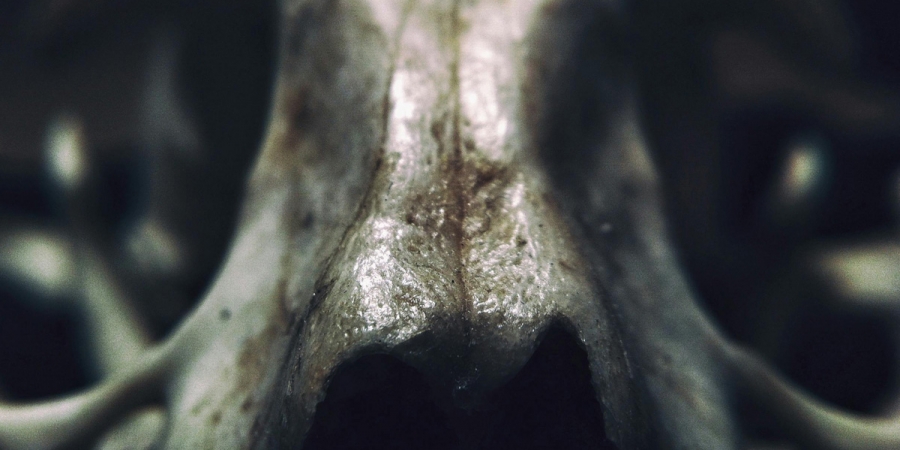

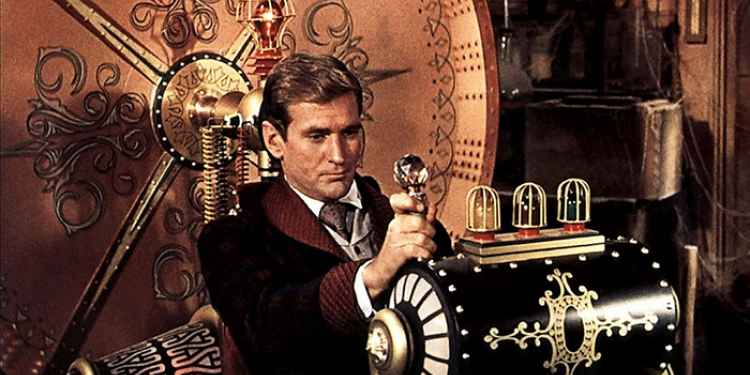
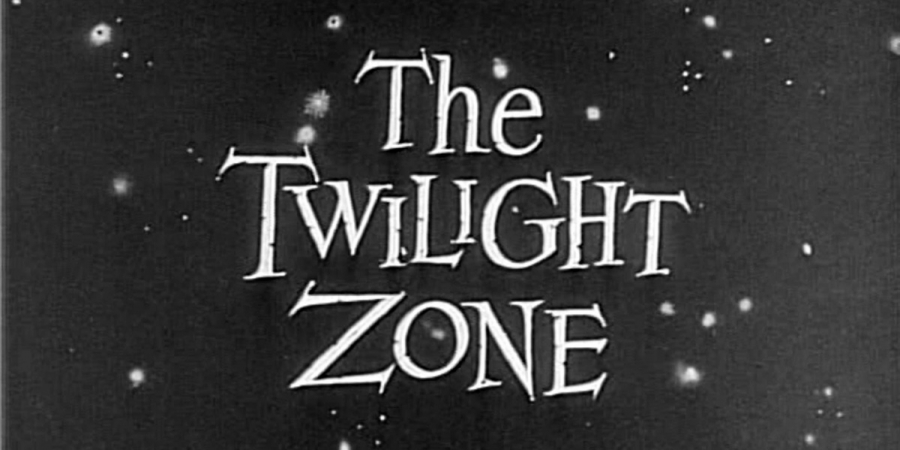
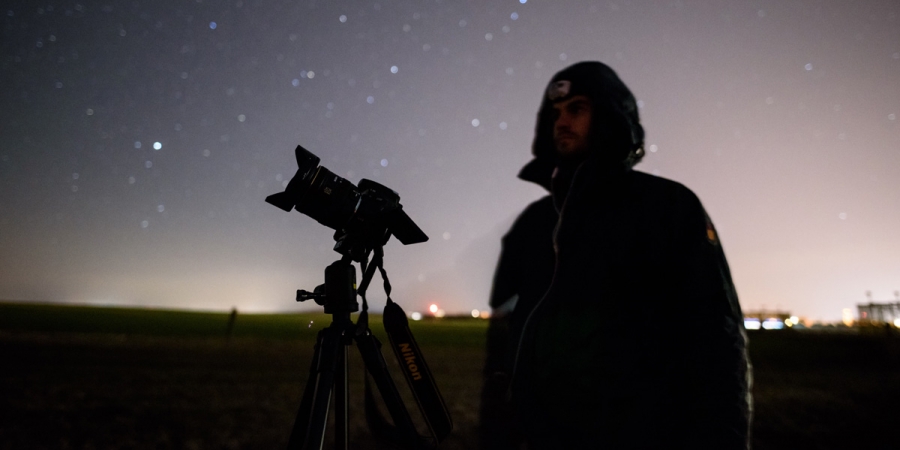
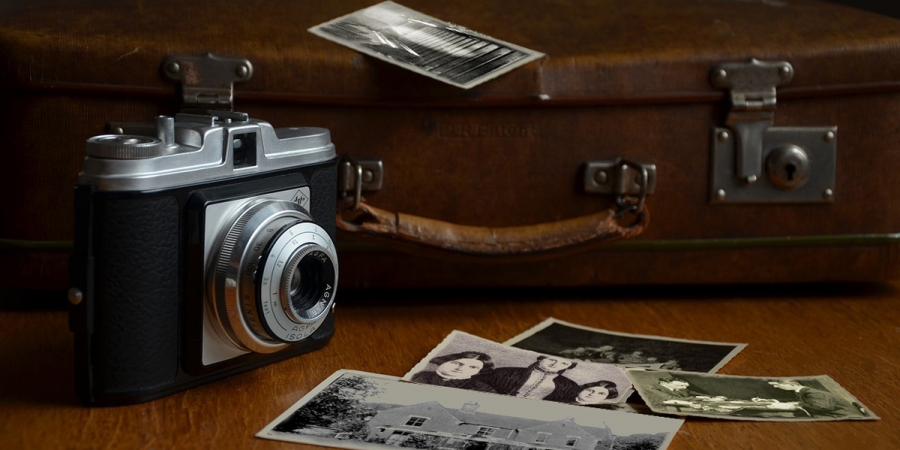


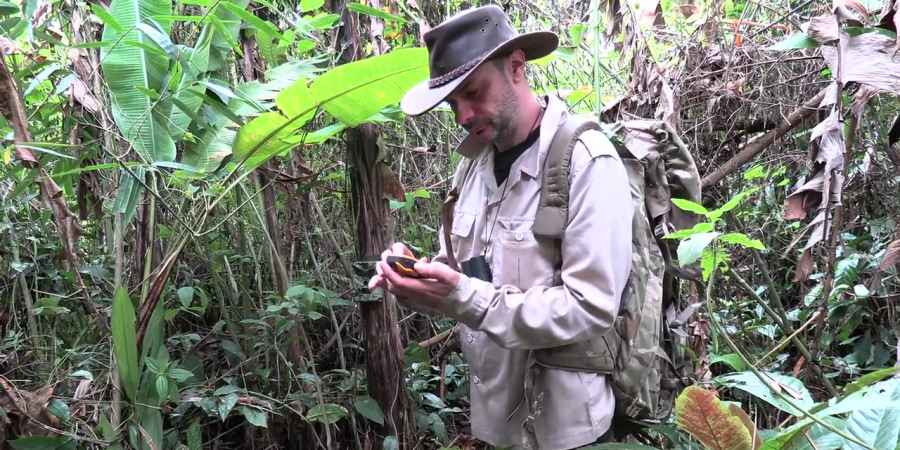

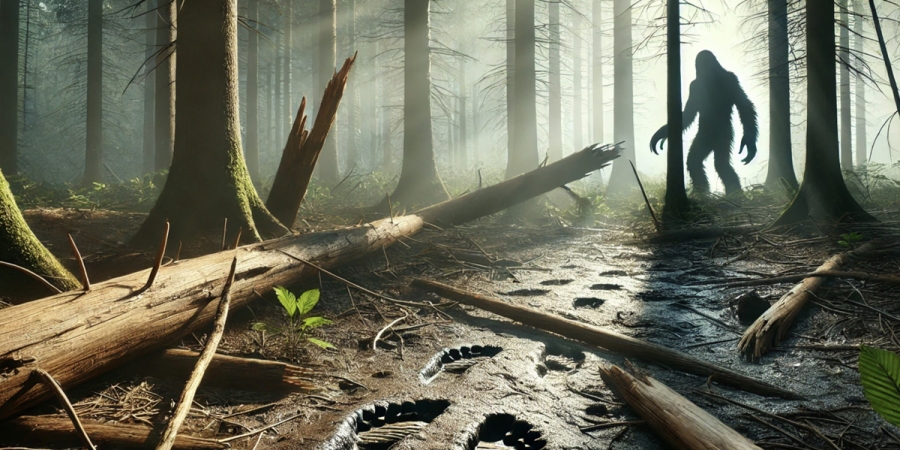
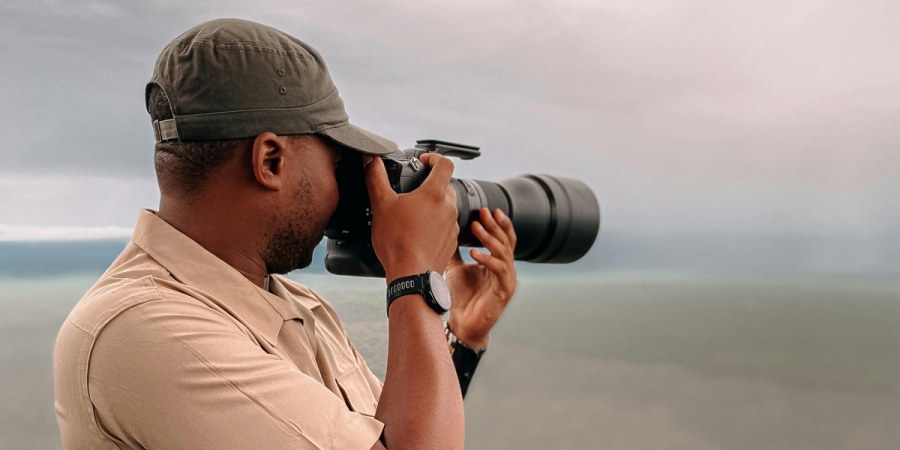
 See More on Audible
See More on Audible
Comments
Want To Join The Conversation?
Sign in or create an account to leave a comment.
Sign In
Create Account
Account Settings
Be the first to comment.